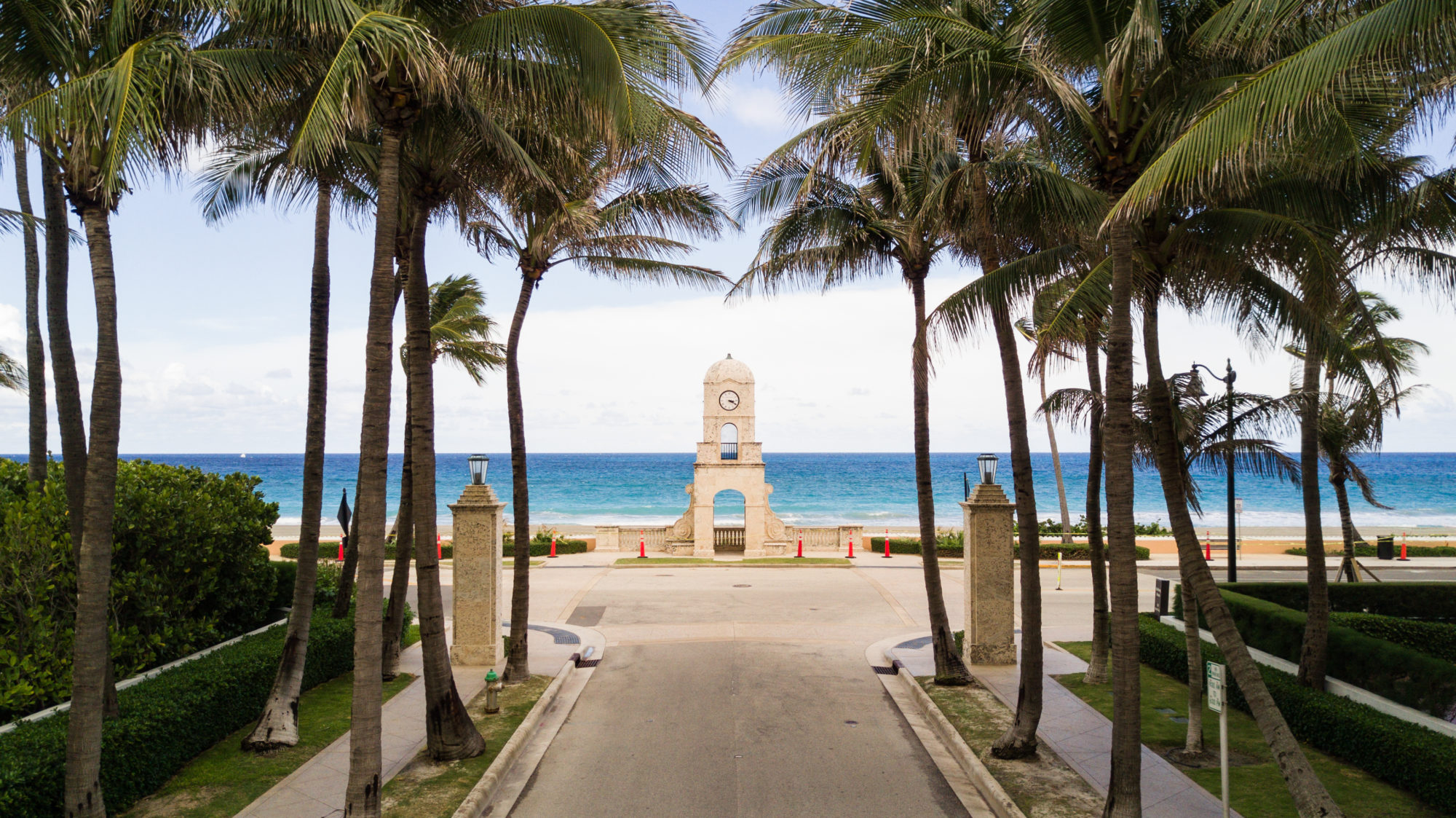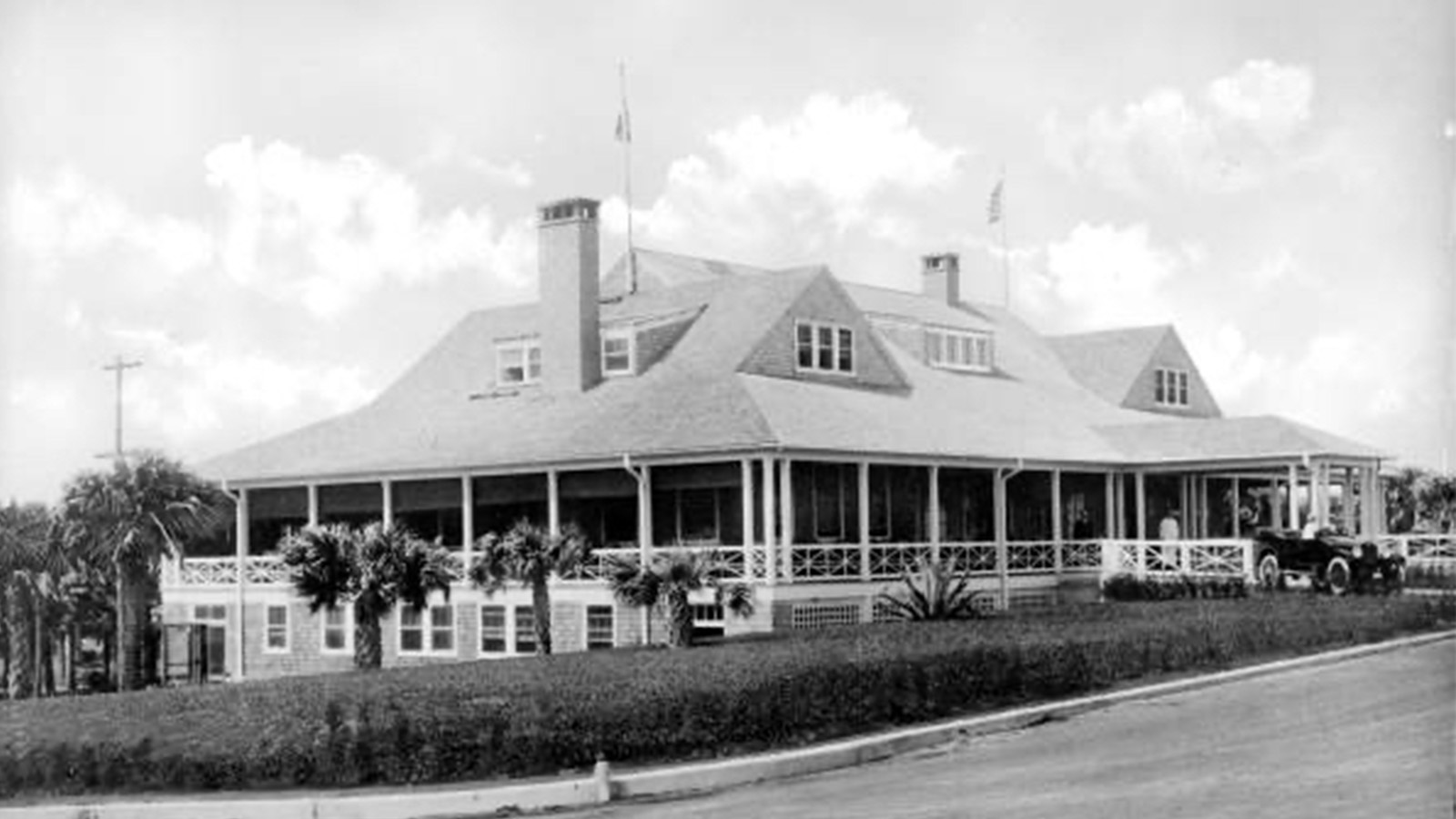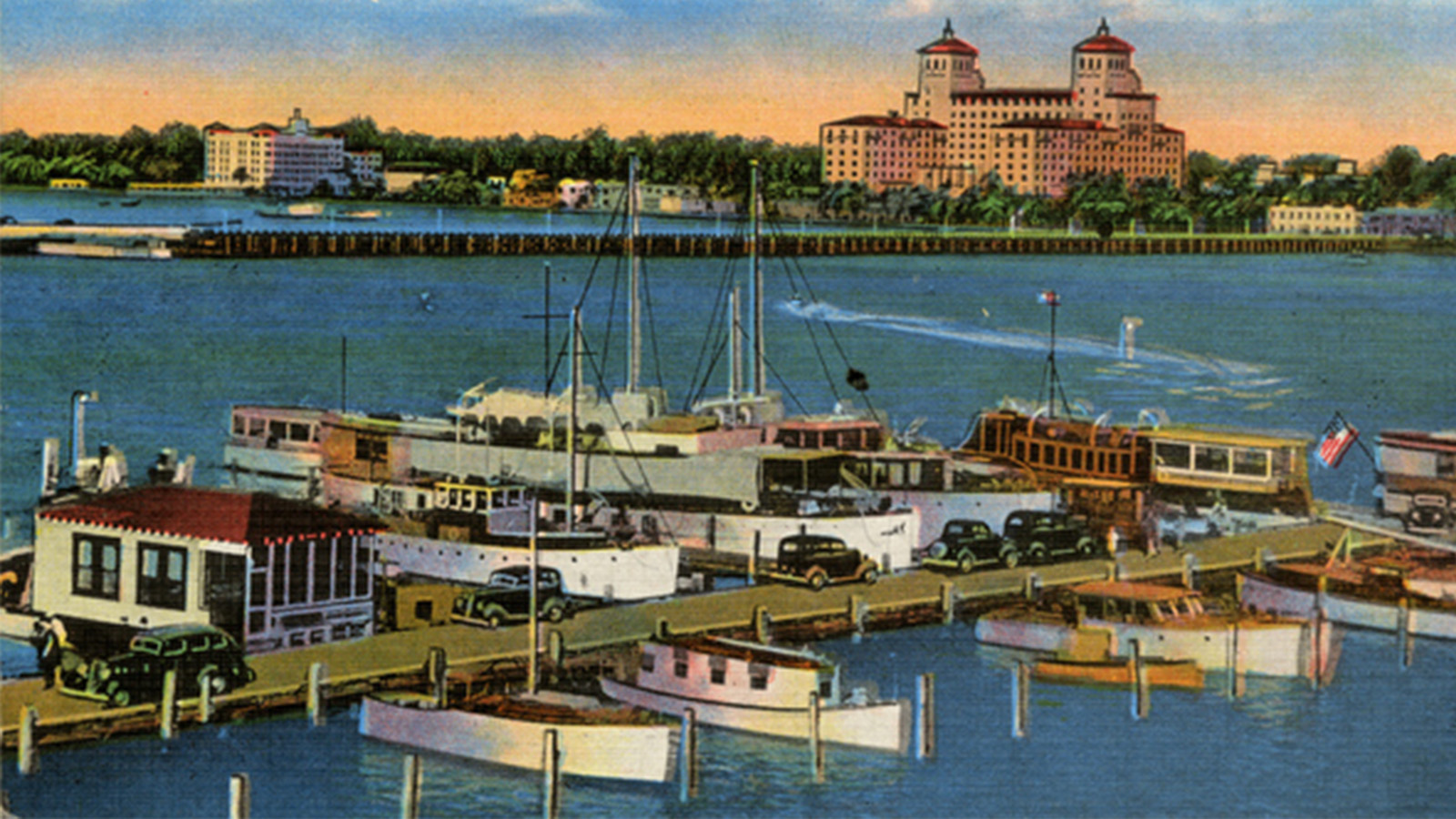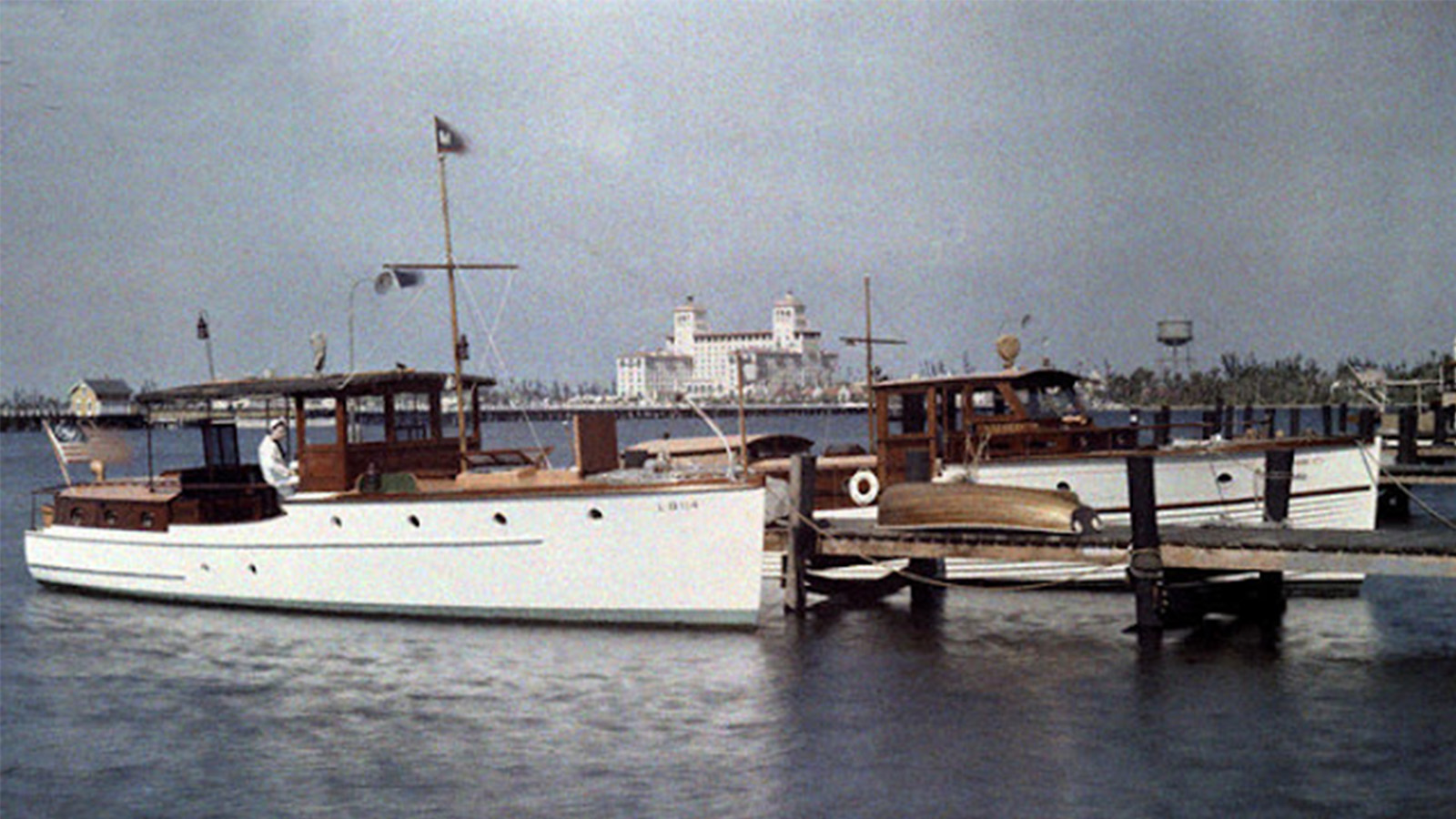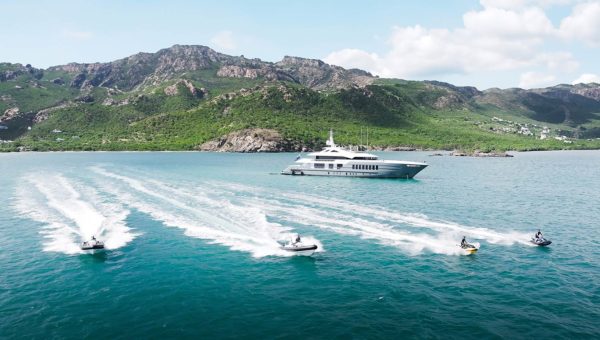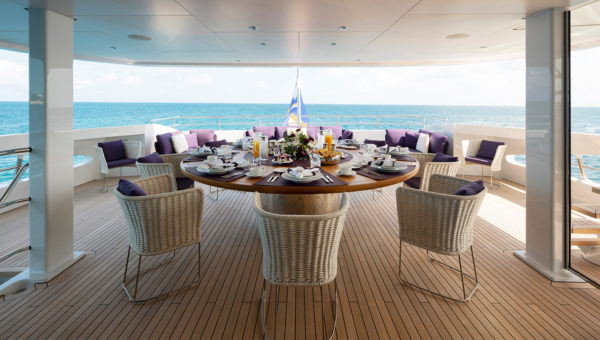Palm Beach – America’s posh playground
How one man’s determination – and unlimited reserves of cash – transformed southern Florida into a millionaires’ playground. In 1878, on the advice of Henry Flagler and his wife Mary decamped for the winter from freezing New York City to Jacksonville, Florida. Mary died the following year but Flagler, who co-founded Standard Oil with John D. Rockefeller, never forgot the attraction of a winter without snow.
Two years later, he honeymooned with his second wife a bit farther south in St. Augustine. He liked the town but found accommodation and transport lacking. Planning for future winter sojourns, he bought and renovated two hotels and began building a third while embarking on the construction of a railway from Virginia. After building a bridge across the St. John’s River in 1890, private rail cars and Pullmans could comfortably chug all the way to his St. Augustine hotels.
By this time Flagler had become more interested in hotels and railways than oil. He obtained a charter from the state of Florida authorizing him to build a line along the Indian River to Miami, and along the way he built more hotels to entice tourists. Under Florida’s generous land-grant laws, 8,000 acres could be claimed from the state for every mile (1.6 km) of railway built. Flagler would eventually claim in excess of two million acres (8,094 km2) in exchange for building his railway, and land development would become one of his most profitable endeavours.
In March 1894 his railway reached what is today known as West Palm Beach, a settlement of 30 to 40 houses. Flagler first constructed the
luxurious 1,100-room Royal Poinciana Hotel overlooking Lake Worth Lagoon’s steamship and ferry docks. At the time, this was the largest wooden building in the world. He followed that with the stunning Breakers Hotel on the ocean side, and Whitehall, his private 55-room winter home, in 1902.
The development of these properties, combined with direct railway access, established the island as a winter resort for America’s wealthy. To distinguish their piece of paradise from the surrounding area, they began referring to it as Palm Beach, after the coconut palms that flourished on shore following the wreck of a ship loaded with Cuban coconuts bound for Spain.
Flagler loved to entertain and his parties came to define the season. Following his example, the mansions on Palm Beach tended to include ballrooms for galas and loggias for afternoon teas and garden parties. Today Whitehall is a museum, a fantastic time capsule from that elegant era, complete with Flagler’s private railway carriage.
In 1917 the Palm Beach Country Club opened with anocean-to-lagoon golf course. Next came the Everglades Club founded in 1919, which remains the most exclusive club on the island. From its discreet entrance off Worth Avenue, its complex of club buildings pioneered architect Addison Mizner’s mash up of Spanish Colonial and Mediterranean styles that has come to be known as the Palm Beach look. Soon some of the wealthiest people in the world were staying at Palm Beach hotels and building huge winter homes.
One of the first of these was Philadelphia financier Edward T. Stotesbury, who along with his wife Eva, commissioned Mizner to build a 37-room mansion. Completed in 1919, El Mirasol was the scene of many fabulous parties, its grounds stretching from the Atlantic shore to Lake Worth, where they had an impressive dock for their string of yachts.
Another of the family names synonymous with Palm Beach was Phipps, starting with Henry Phipps, Andrew Carnegie’s partner in the steel business. He used to lease an entire railway train to carry members of the family, their servants and pets to Palm Beach for the winter and back to Long Island in the spring. The family once owned 28 miles of Florida coastline between Miami and Palm Beach, and his grandson Ogden loved yachts, naming his last one Buckpasser after one of his prize race horses.
The Twenties certainly roared in Palm Beach, where land speculation and a building boom created energy and wealth. Even Prohibition, the nation’s strange exercise in enforced sobriety from 1919 until 1933, failed to put a damper on things — the same fast commuters that whisked tycoons between New York and Newport, or the boats that took gentlemen deep-sea fishing, were equally suitable for running rum, gin and wine from the Bahamas and Cuba. The boundary between the US and international waters was just three miles off the coast. Ships lined up in this zone — Rum Row it was called — and shady sailors zipped out under cover of darkness to fill their holds with booze and race back to land, outrunning the Coast Guard. Al Capone, who lived in Miami then, was famous for bootlegging.
Each winter, Palm Beach docks were full of assorted yachts, many of them the Mathis-Trumpy houseboats whose shallow draft made them perfect for Lake Worth. These mahogany gems, like the 104-foot Freedom built for F.W. Woolworth’s daughter Jessie Woolworth Donahue was a perfect example with its narrow beam and gold scrollwork at the bow. These glamorous cruisers were favourites with famous families like the DuPonts and the Guggenheims. Sequoia II, originally built for Emily Roebling Cadwalader and later the US Presidential yacht, was another Trumpy that frequented Palm Beach. Mrs. Cadwalader and her husband once built five yachts in six years, culminating in Savarona, which became the state yacht of Turkey.
It wasn’t just America’s upper class that found Palm Beach attractive. From 1937, the Duke and Duchess of Windsor (the ex-King Edward VIII and Wallis Simpson) wintered at Palm Beach regularly, and while the Duke was Governor of the Bahamas they often traveled to and from Nassau in Harold Vanderbilt’s seaplane.
For years one of Palm Beach’s most famous residents was Marjorie Merriweather Post, daughter of cereal tycoon C. S. Post. A brilliant businesswoman, she turned the cereal company she inherited into the giant General Foods corporation and was for decades the wealthiest woman in the US. It took three years to build her Palm Beach estate, Mar-a-Lago, where she wintered from 1927 until 1973. During its construction, she and husband E.F. Hutton supervised from aboard their 49.9-metre schooner Hussar IV, later supplanted by the 110-metre four-masted barque Hussar V, which she renamed Sea Cloud after her divorce.
Local yachting enthusiasts founded the Palm Beach Yacht Club in 1911 in an old library which was carried by barge to its current location, adjacent to the spot where the Palm Beach Boat Show is held each spring. Andrew Carnegie, Henry Phipps and Henry Flagler were early members, as were the Kennedy clan after patriarch Joseph P. Kennedy bought an oceanfront estate in 1933. Their 92-foot yacht, Honey Fitz, was a frequent visitor, especially as the Kennedy estate was the Winter White House during JFK’s presidency in the 1960s.
Palm Beach has always been about money. Unabashedly elite, it is as its founders promised, a private paradise. Today, it is a little anachronistic — even the casual restaurants have dress codes – but it would largely still be recognizable to its founders, although the giant yachts might give them pause and the nickname for stately South Ocean Boulevard has been upgraded from Millionaires to Billionaires Row.
Text by Marilyn Mower
Share
COME AND MEET US: YOU’RE INVITED!
Headquarters
Ruud van der Stroom Chief Commercial Officer
| Robert Drontmann Sales Director
| Eckly Hendriks Sales Manager
Sara Gioanola PR & Press Office Manager
Heesen Yachts Agents
Thom Conboy Agent North-America, Mexico, Bahama's & Caribbean
| Hisham Abushakra Agent for the Middle East region
